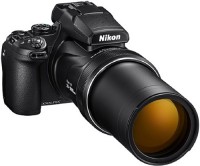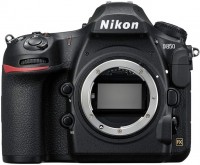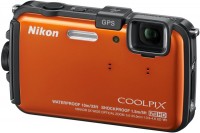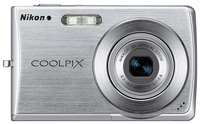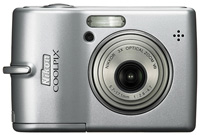Digital Cameras Nikon series Nikon 1, Z (mirrorless)
Nikon 1, Z: mirrorless Japanese "breed"
Nikon entered the arena of mirrorless photographic equipment in 2011 with the system number "1". In it, an erroneous bet was made on a miniature inch image sensor, which is most often found on board compact cameras with non-replaceable optics. As a result, the Nikon 1 system did not fire and in 2018 it was pushed by the newly minted Nikon Z mirrorless series.
In the Z-league of cameras of the Japanese brand, cropped cameras with a two-digit numeric index and fullframes with one digit in the expanded name of a particular model are presented. Mirrorless cameras of the family are included in the strong medium layer of the society of cameras with interchangeable optics and in the top segment of full-frame cameras.
 |
| The Nikon Z full-frame mirrorless series has pushed the Nikon 1 thumbelina series off the shelves. |
Full-frame cameras of the Nikon Z line use matrix image stabilization systems, hybrid autofocus, OLED viewfinders and touchscreens on a swivel hinge for the convenience of viewing from non-standard angles. Video shooting is given to mirrorless cameras of the family in resolution up to 4K at 30 or 60 fps. The only "but" is that exotic XQD cards are used in the flagships of the series: large, capacious and high—speed, but by no means cheap and rare.

